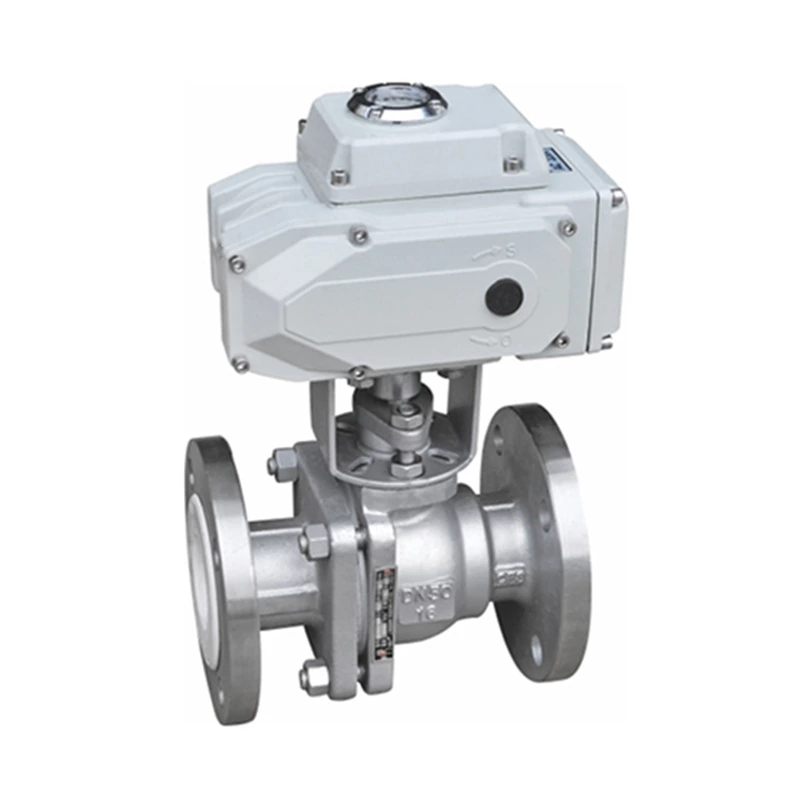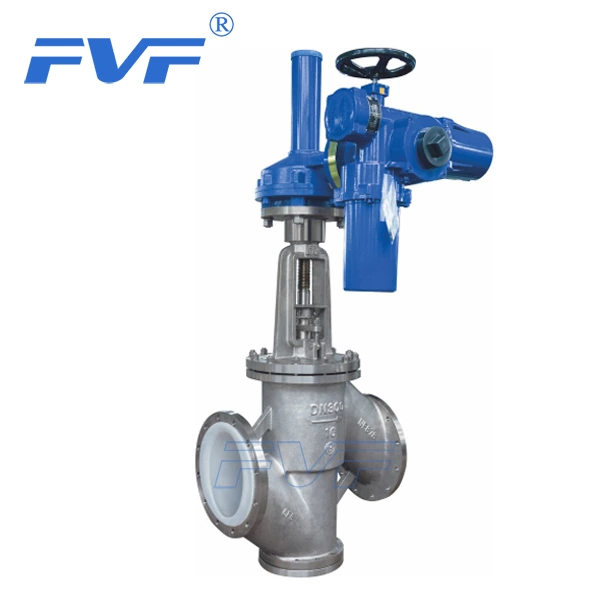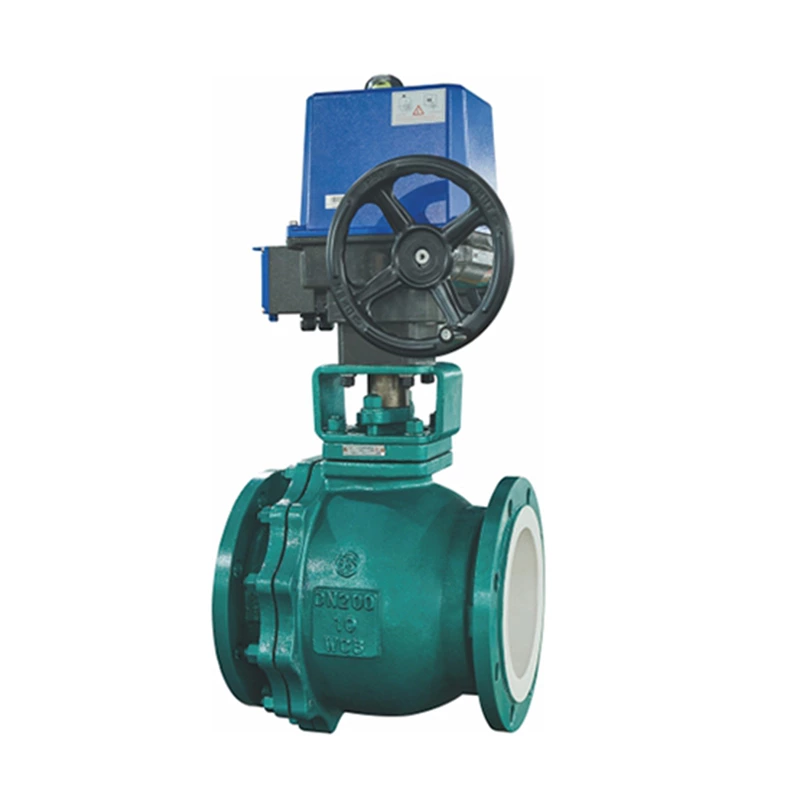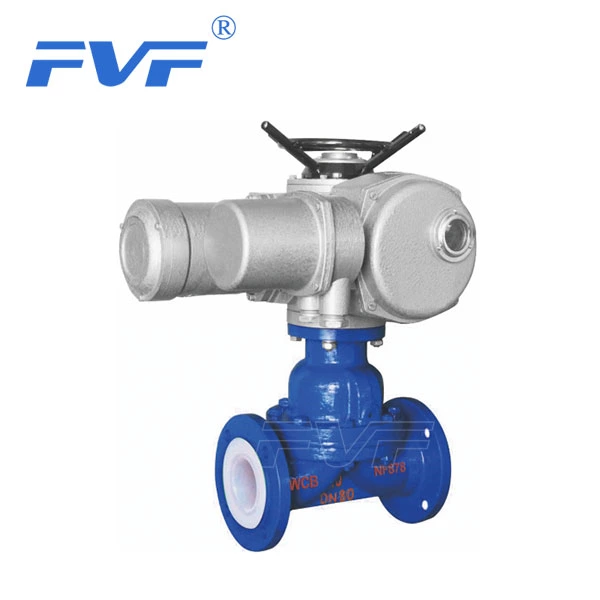Detailed Review Of The Development History Of Fluorine-lined Ball Valves
The development of Lined Ball Valve is a process of continuous evolution and innovation. The following is a detailed review of its development history:
1. Origin and early development
The origin of fluorine-lined ball valves can be traced back to the emergence and application of fluoroplastic materials. Fluoroplastics are widely used in pipeline systems of various corrosive media due to their excellent corrosion resistance. In order to meet the needs of these systems for valves, fluorine-lined ball valves came into being. Early fluorine-lined ball valves mainly used simple structures and materials, but their basic working principles and characteristics have been established, that is, using the corrosion resistance of fluoroplastics to protect the inside of the ball valve from medium erosion.
2. Technological progress and material innovation
With the advancement of science and technology and the development of materials science, fluorine-lined ball valves have made significant progress in materials and manufacturing processes.
Material innovation: The types of fluoroplastics are increasing, such as PTFE (polytetrafluoroethylene), FEP (fluorinated ethylene propylene copolymer), etc. The application of these new materials makes the corrosion resistance of fluorine-lined ball valves more outstanding. At the same time, in order to enhance the strength and durability of the valve, metal materials such as stainless steel and alloy steel are also introduced as the main materials of the valve body.
Improvement of manufacturing process: With the advancement of manufacturing technology, the manufacturing process of fluorine-lined ball valves has also been improved. For example, the use of advanced molding processes such as injection molding and compression molding makes the combination between the fluoroplastic lining and the valve body closer, improving the overall performance and durability of the valve.
3. Design and function optimization
In terms of design and function, fluorine-lined ball valves have also undergone continuous optimization and innovation.
Structural optimization: In order to improve the sealing performance and ease of operation of the valve, the fluorine-lined ball valve has been optimized many times in structure. For example, the floating ball and elastic sealing seat design are adopted, so that the valve can automatically compensate for the wear of the sealing surface when it is closed, thereby ensuring long-term sealing performance.
Functional enhancement: With the development of industrial automation and intelligence, fluorine-lined ball valves have also added many new functions. For example, it can be equipped with pneumatic, electric or hydraulic actuators to achieve remote control and automatic operation; it can also add functions such as flow regulation and pressure monitoring to meet the needs of different users.
4. Expansion of application areas
With the continuous improvement of the performance of fluorine-lined ball valves and the gradual reduction of costs, its application areas have also been greatly expanded. From the initial chemical, petroleum and other industries, it has gradually expanded to pharmaceutical, food, water treatment, papermaking and other fields. In these fields, fluorine-lined ball valves have become one of the indispensable equipment with their excellent corrosion resistance, sealing performance and convenient operation.
V. Future development trends
Looking to the future, the development of fluorine-lined ball valves will show the following trends:
Continuous innovation in materials and technologies: With the continuous emergence of new materials and new technologies, fluorine-lined ball valves will continue to make breakthroughs in materials and manufacturing processes. For example, the application of new materials such as nanomaterials and smart materials will further improve the performance and durability of valves; and the application of advanced manufacturing technologies such as 3D printing and laser welding will improve the manufacturing accuracy and efficiency of valves.
Intelligent and automated development: With the continuous advancement of industrial automation and intelligence, fluorine-lined ball valves will also develop in a more intelligent and automated direction. For example, by integrating intelligent components such as sensors and actuators, valves can be remotely monitored, fault warnings and automatic adjustments can be realized; at the same time, valves can be remotely managed and optimized by combining with technologies such as the Internet of Things and big data.
Environmental protection and sustainable development: With the continuous improvement of global environmental awareness and the popularization of the concept of sustainable development, the environmental performance of fluorine-lined ball valves will also become one of the important directions for future development. For example, more environmentally friendly materials and manufacturing processes can be used to reduce energy consumption and emissions during the production and use of valves; at the same time, the design and function of the valves can be optimized to improve their energy efficiency and water-saving performance.
In summary, the development of fluorine-lined ball valves is a process of continuous evolution and innovation. In the future, with the continuous advancement of science and technology and the continuous changes in the market, fluorine-lined ball valves will continue to develop in a more efficient, intelligent, environmentally friendly and sustainable direction.







